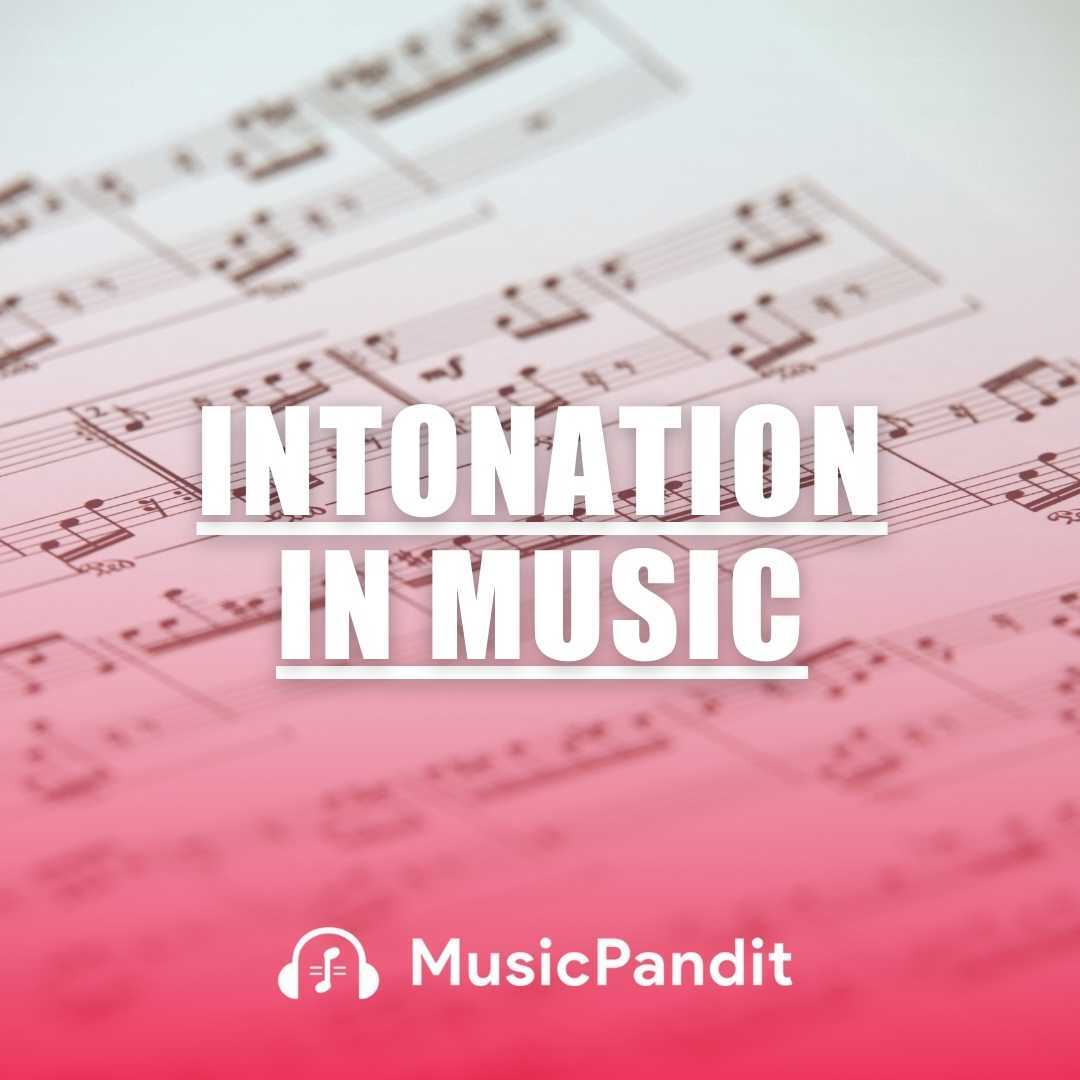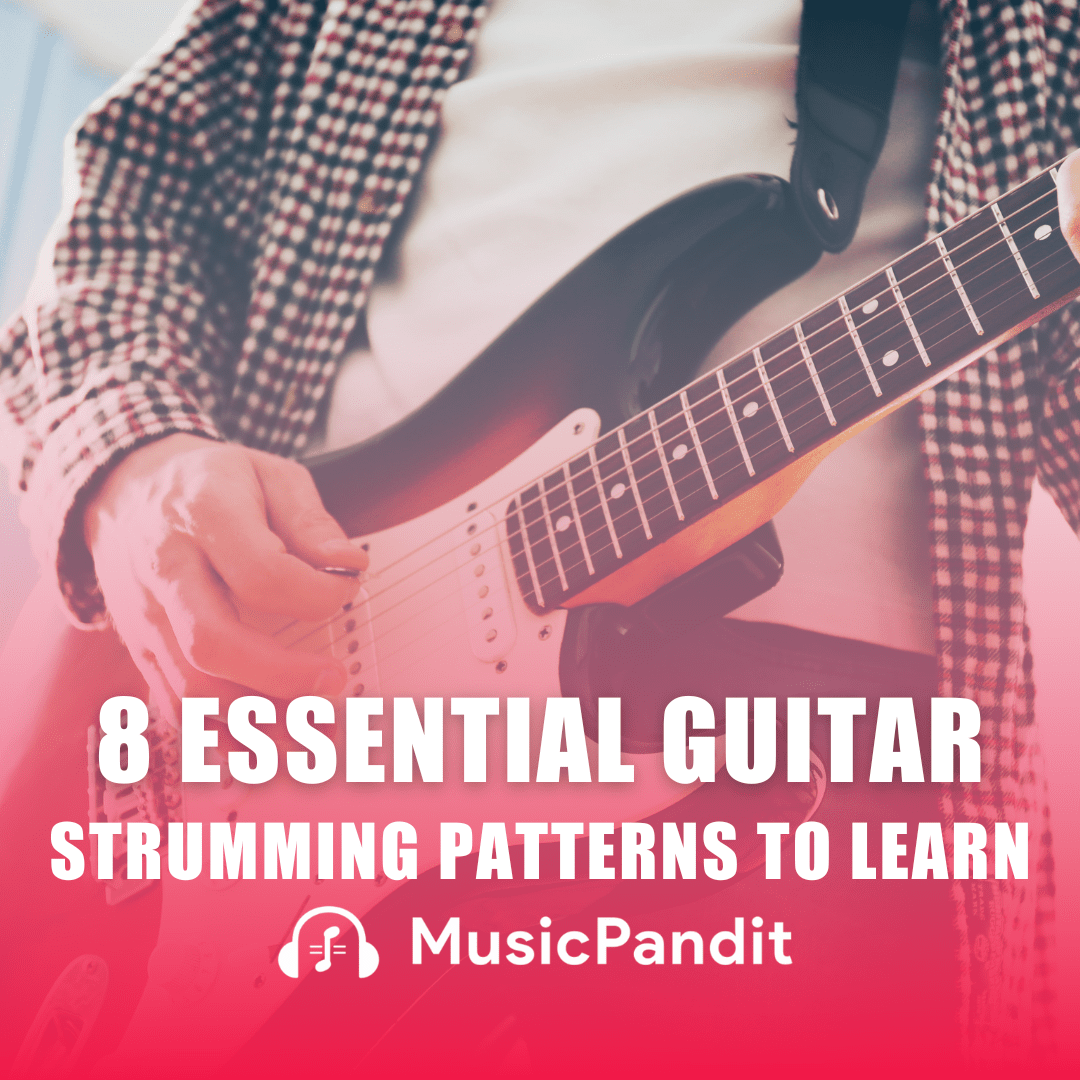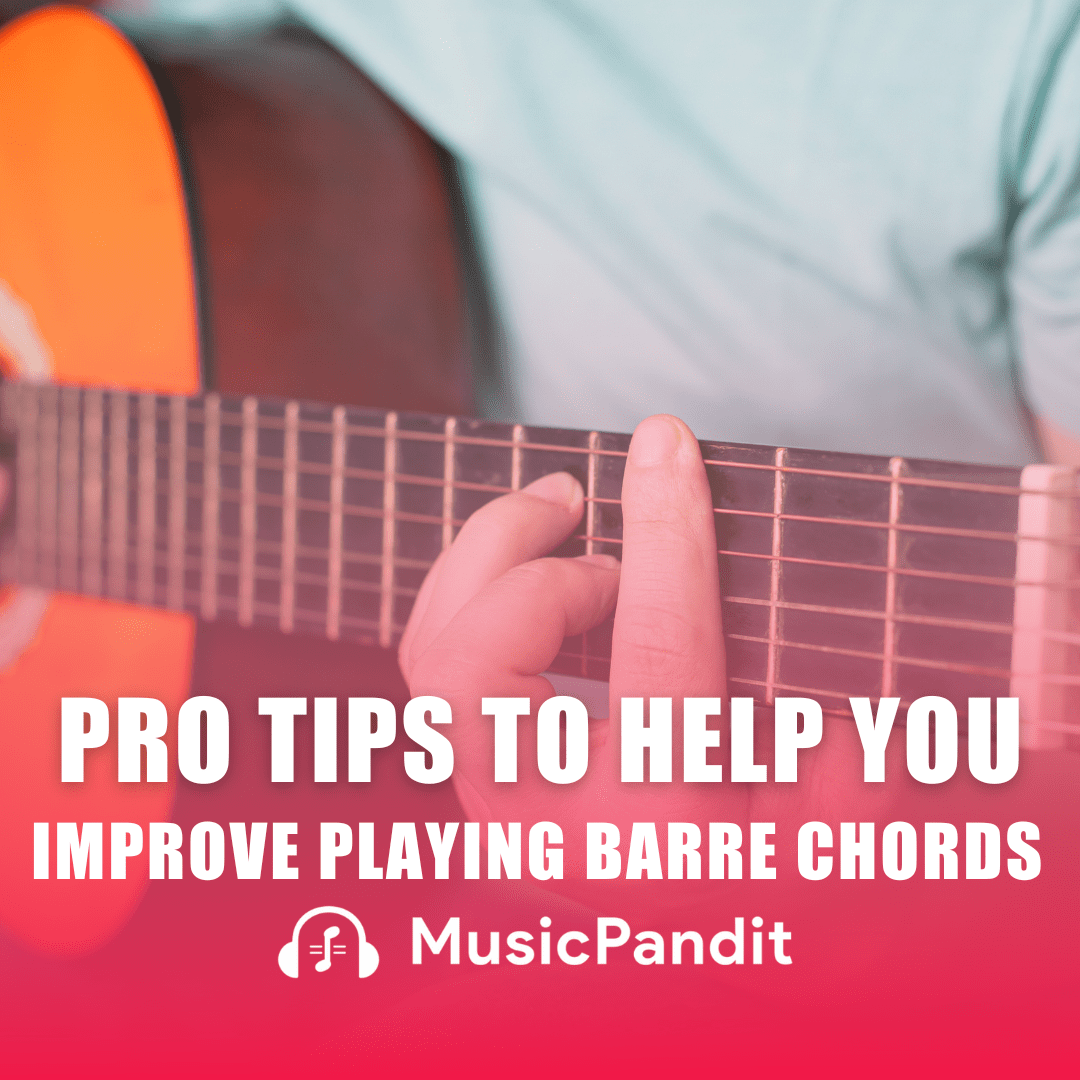Rhythm is an essential element of music that provides structure and flow to a piece. Understanding rhythm helps musicians and listeners alike appreciate the timing and beat that drive musical compositions. This guide aims to introduce young music students to the concept of rhythm, its importance, and ways to develop a strong sense of rhythm.
What is Rhythm?
Rhythm in music refers to the pattern of sounds and silences in time. It is created by the timing of notes and rests and is what makes music move and flow. Rhythm can be regular or irregular and is often felt through a steady beat or pulse.
Beats and Pulse
A beat is the basic unit of time in music, and when repeated regularly, it forms a pulse. For example, in a 4/4 time signature, there are four beats per measure, and each beat corresponds to a quarter note. The pulse is the steady, regular beat you tap your foot to when listening to a song.
Accented and Unaccented Beats
In most musical pieces, certain beats are emphasised more than others. These are called accented beats, while the less emphasised beats are unaccented. For example, in a 4/4 time signature, the first and third beats are typically accented.
Importance of Rhythm in Music
Rhythm is crucial for various reasons:
- Foundation: It serves as the foundation for both melody and harmony.
- Structure: It provides structure to music, helping to organise the notes and chords.
- Movement: Rhythm creates the sense of movement and progression in a piece.
- Emotional Impact: It can convey different emotions and energies, from the slow, steady rhythm of a lullaby to the fast, driving beat of a dance track.
Developing a Sense of Rhythm
Developing a good sense of rhythm involves practice and various exercises. Here are some effective methods:
Listening and Moving
Listening to music and moving to the beat helps internalise the rhythm. Try clapping along, tapping your foot, or dancing to different songs to feel the pulse.
Clapping Exercises
Clapping exercises can help reinforce rhythm. Start with simple patterns and gradually move to more complex rhythms. Use a metronome to maintain a steady beat.
Vocalization
Counting out loud or using syllables like “ta” and “ti-ti” can help understand rhythmic patterns. For example, “ta” for a quarter note and “ti-ti” for two eighth notes.
Instrumental Practice
Playing instruments, especially percussion, can significantly enhance rhythmic skills. Instruments like drums, tambourines, and maracas are excellent for practising different rhythms.
Natural Ability vs. Practice
While some people may have a natural sense of rhythm, anyone can develop strong rhythmic skills with practice. Consistent practice and engaging in rhythmic activities can improve one’s sense of timing and coordination.
Uses and Benefits of Rhythm
Understanding and mastering rhythm has several benefits:
- Musicality: Enhances overall musicality and performance.
- Coordination: Improves coordination and timing.
- Cognitive Skills: Enhances cognitive skills such as memory and attention.
- Collaboration: Facilitates better collaboration with other musicians.
Related Topics
Time Signatures
Time signatures indicate how many beats are in each measure and what note value constitutes one beat. Common time signatures include 4/4, 3/4, and 6/8.
Tempo
Tempo refers to the speed of the beat. It is usually indicated by BPM (beats per minute). A higher BPM means a faster tempo.
Syncopation
Syncopation involves placing emphasis on normally unaccented beats, creating an off-beat rhythm that adds interest and complexity to music.
Rhythm in Different Instruments
Different instruments have unique ways of expressing rhythm:
Percussion Instruments
Percussion instruments like drums and cymbals are primarily rhythm instruments. They create the beat and often set the tempo for the entire ensemble.
String Instruments
String instruments like the guitar and violin use bowing or strumming patterns to create rhythmic elements within their melodies.
Wind Instruments
Wind instruments, including flutes and trumpets, can create rhythm through tonguing techniques and breath control.
Rhythm for Vocal Students
Rhythm is equally important for vocalists as it is for instrumentalists. Here are some specific considerations for vocal students:
Breath Control
Rhythm helps vocalists manage their breath control, ensuring they take breaths at the right moments without disrupting the flow of the music.
Syllabic Rhythm
Vocalists need to be aware of the rhythmic placement of syllables within a song. This involves matching the natural rhythm of the lyrics with the music’s beat and pulse.
Phrasing
Understanding rhythm helps vocalists with phrasing, which is the way they shape and structure their singing to convey the musical message effectively.
Practice Techniques
Metronome Practice: Singing with a metronome can help vocalists maintain a steady rhythm.
Clapping and Singing: Vocalists can practise clapping the rhythm of a song before singing it to internalise the beat.
Rhythmic Dictation: Listening to a piece of music and writing down the rhythmic patterns can enhance a vocalist’s rhythmic reading skills.
Conclusion
Understanding rhythm is fundamental to becoming a well-rounded musician. Through listening, moving, clapping, vocalisation, and instrumental practice, students can develop a strong sense of rhythm. This not only enhances their musical abilities but also improves cognitive skills and coordination. Rhythm is the heartbeat of music, and mastering it can open up a world of musical possibilities.
By embracing rhythm and practising regularly, students will find joy and fulfilment in their musical journey.














